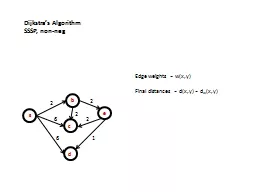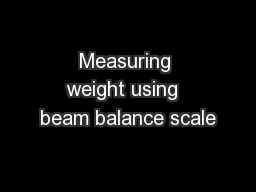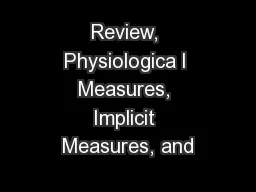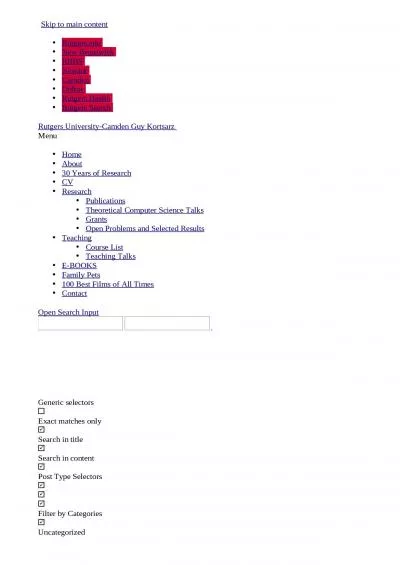PDF-Lesson Things to memorize weights measures thermometr
Author : lois-ondreau | Published Date : 2015-05-02
Memorization of basic conversions will be your first step toward mastery of pharmaceutical calculations By the end of this lesson you will be ready to move on to
Presentation Embed Code
Download Presentation
Download Presentation The PPT/PDF document "Lesson Things to memorize weights measu..." is the property of its rightful owner. Permission is granted to download and print the materials on this website for personal, non-commercial use only, and to display it on your personal computer provided you do not modify the materials and that you retain all copyright notices contained in the materials. By downloading content from our website, you accept the terms of this agreement.
Lesson Things to memorize weights measures thermometr: Transcript
Download Rules Of Document
"Lesson Things to memorize weights measures thermometr"The content belongs to its owner. You may download and print it for personal use, without modification, and keep all copyright notices. By downloading, you agree to these terms.
Related Documents














